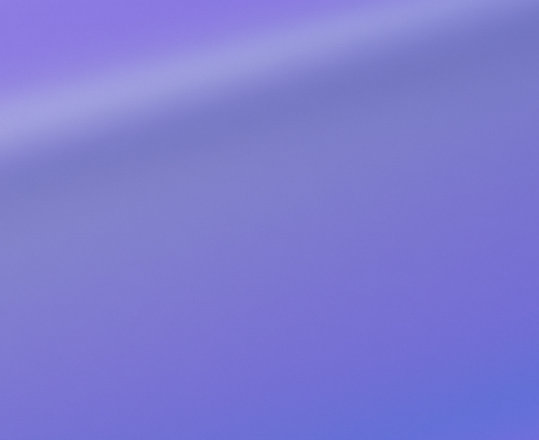As the scale and complexity of its worldwide art fairs grows, Art Basel needs to make it easier for visitors to plan for and navigate the fairs and engage with the artwork.
To do this while managing the privacy of users, it built the Art Basel Companion app powered by Microsoft Copilot. The app, built on Azure AI Foundry, includes a conversational AI companion and a real-time artwork recognition feature, the Art Basel Lens.
Now visitors get recommendations and learn more by scanning art with the Art Basel Lens. With a scalable, flexible tech stack, the user experience is seamless, and Art Basel sees increased engagement, return visits, and time spent in the app.


















Follow Microsoft